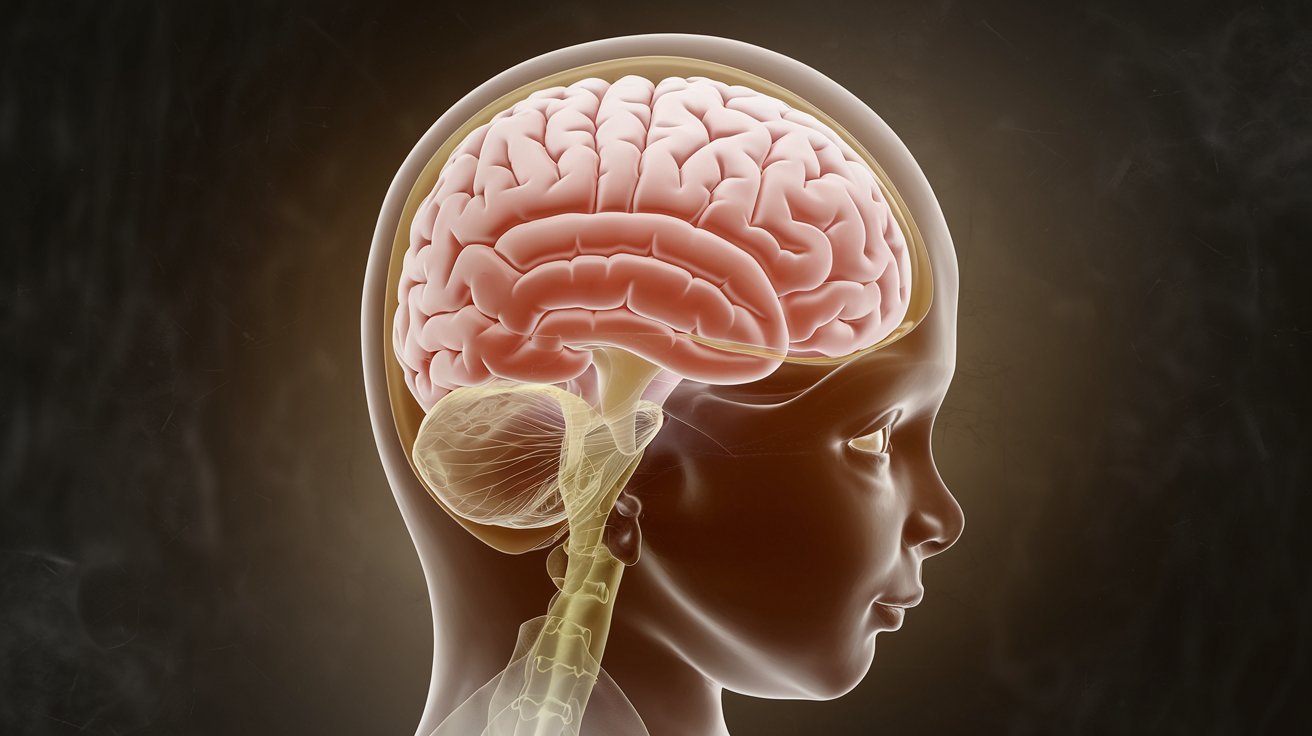
Holoprosencephaly Deletion 2P is a rare genetic disorder that affects brain development. This condition occurs when parts of the brain fail to divide properly into right and left hemispheres. Holoprosencephaly can range from mild to severe, with symptoms including facial abnormalities, intellectual disabilities, and seizures. Understanding this disorder is crucial for families and caregivers. In this blog post, we will explore 25 essential facts about Holoprosencephaly Deletion 2P to help you grasp its complexities. From genetic causes to treatment options, these facts will provide a comprehensive overview of this challenging condition. Let's dive into the details and learn more about Holoprosencephaly Deletion 2P.
Key Takeaways:
- Holoprosencephaly Deletion 2P is a rare genetic disorder affecting brain development due to a missing part of chromosome 2, leading to various physical and mental challenges.
- Symptoms of Holoprosencephaly Deletion 2P can vary widely, from facial abnormalities to developmental delays and seizures, requiring early diagnosis and tailored treatments.
What is Holoprosencephaly Deletion 2P?
Holoprosencephaly Deletion 2P is a rare genetic disorder affecting brain development. It occurs when a part of chromosome 2 is missing. This condition can lead to various physical and mental challenges.
-
Holoprosencephaly Deletion 2P is a genetic disorder caused by the deletion of a segment on chromosome 2.
-
The condition affects brain development, leading to a range of neurological issues.
-
Holoprosencephaly itself refers to the failure of the brain to properly divide into two hemispheres.
Symptoms of Holoprosencephaly Deletion 2P
Symptoms can vary widely among individuals. Some may have mild symptoms, while others experience severe complications.
-
Common symptoms include facial abnormalities such as a single central incisor or closely spaced eyes.
-
Severe cases might involve cyclopia, where a single eye is present in the middle of the forehead.
-
Developmental delays are frequent, affecting motor skills and cognitive functions.
-
Seizures are a common neurological symptom in individuals with this condition.
Causes and Genetic Factors
Understanding the genetic basis of Holoprosencephaly Deletion 2P can help in diagnosis and potential treatments.
-
The disorder is caused by the deletion of a segment on the short arm (p) of chromosome 2.
-
This deletion can occur spontaneously or be inherited from a parent carrying a balanced translocation.
-
Genetic testing can confirm the presence of the deletion and help in understanding the extent of the disorder.
Diagnosis and Testing
Early diagnosis is crucial for managing symptoms and planning treatments.
-
Prenatal ultrasound can sometimes detect brain abnormalities suggestive of holoprosencephaly.
-
Genetic testing, including chromosomal microarray analysis, can identify the specific deletion on chromosome 2.
-
MRI and CT scans are used to assess the extent of brain malformation.
Treatment and Management
There is no cure, but treatments focus on managing symptoms and improving quality of life.
-
Surgical interventions might be necessary for severe facial abnormalities.
-
Antiepileptic drugs are commonly prescribed to control seizures.
-
Physical therapy can help improve motor skills and muscle strength.
-
Speech therapy is often needed to address communication difficulties.
Prognosis and Life Expectancy
The prognosis varies depending on the severity of the condition and associated complications.
-
Individuals with mild forms of the disorder may have a near-normal life expectancy.
-
Severe cases, especially those with significant brain malformations, may have a reduced life expectancy.
-
Early intervention and supportive care can significantly improve the quality of life.
Support and Resources
Families and individuals affected by Holoprosencephaly Deletion 2P can benefit from various support systems.
-
Genetic counseling is recommended for families to understand the risks and implications of the disorder.
-
Support groups and online communities provide emotional support and practical advice.
-
Educational resources can help families navigate the challenges of the condition.
-
Specialized clinics and healthcare providers offer tailored care for individuals with rare genetic disorders.
Research and Future Directions
Ongoing research aims to better understand the disorder and develop new treatments.
- Scientists are investigating the genetic mechanisms behind Holoprosencephaly Deletion 2P to find potential therapeutic targets.
Final Thoughts on Holoprosencephaly Deletion 2P
Holoprosencephaly Deletion 2P, a rare genetic disorder, affects brain development, leading to a range of physical and cognitive challenges. Understanding this condition helps in providing better care and support for those affected. Early diagnosis and intervention can improve quality of life, though there’s no cure. Research continues to explore potential treatments and therapies. Families dealing with this condition benefit from connecting with support groups and medical professionals who specialize in genetic disorders. Awareness and education about Holoprosencephaly Deletion 2P are crucial for fostering empathy and support within communities. By staying informed and advocating for research, we can hope for advancements that may one day offer more effective solutions for those impacted by this rare condition.
Frequently Asked Questions
Was this page helpful?
Our commitment to delivering trustworthy and engaging content is at the heart of what we do. Each fact on our site is contributed by real users like you, bringing a wealth of diverse insights and information. To ensure the highest standards of accuracy and reliability, our dedicated editors meticulously review each submission. This process guarantees that the facts we share are not only fascinating but also credible. Trust in our commitment to quality and authenticity as you explore and learn with us.
